Building spaces of interactions between researchers and managers
Résumé
1. To document and halt biodiversity loss, monitoring, quantifying trends and assessing management and conservation strategies on wildlife populations and communities are crucial steps.
2. With increasing technological innovations, more and more data are collected and new quantitative methods are constantly developed. These rapid developments come with an increasing need for analytical skills, which are hardly accessible to managers. On the other hand, researchers spend more and more time on research grant applications and administrative tasks, which leaves fewer opportunities for knowledge transfer. This situation tends to increase the gap between researchers and managers. Here, we illustrate how to fill this gap by presenting two long-term collaborations between a research unit—Centre for Functional and Evolutionary Ecology; CEFE—and a national agency—French Biodiversity Agency; OFB.
3. The first example is a collaboration providing statistical support to national parks for the design and implementation of scientific monitoring protocols. It relies on the recruitment of a research engineer funded by OFB and physically based at CEFE, who works closely with OFB and managers. The second example is a collaboration on the management of large carnivores. For more than 10 years, it has involved several PhD students and post-doctoral fellows co-supervised by CEFE and OFB, and has recently resulted in the recruitment of a permanent OFB researcher who works half-time at CEFE and half-time at OFB. These case studies
illustrate the modalities of collaborative work between public institutions acting at different levels of biodiversity conservation for the co-construction of research agendas and the exchange of knowledge.
4. These collaborations also bring out some challenges. Inter-knowledge and mutual learning remain difficult at scales larger than that of the teams concerned. The staff working at this interface needs to possess good listening skills, respect all partners' needs and demonstrate flexibility. Knowledge exchanges require time, thus reducing productivity according to quantitative metrics such as scientific publications or institutional reports. These collaborations can therefore be difficult to assume socially, and remain tenuous because they rely on a good understanding of the differences in governance of the various partners.
5. Based on our experience, success is favoured by long-term and close relationships, and by co-construction of projects at early stage. Sharing a space (i.e. office or building) facilitates face-to- face interactions during planned work sessions and casual meetings that build up a shared scientific culture and mutual trust.
Fichier principal
 2023_Poulet&al(Interactions-between-researchers-managers-case-studies-wildlife-monitoring-conservation).pdf (1.58 Mo)
Télécharger le fichier
2023_Poulet&al(Interactions-between-researchers-managers-case-studies-wildlife-monitoring-conservation).pdf (1.58 Mo)
Télécharger le fichier
| Origine | Fichiers éditeurs autorisés sur une archive ouverte |
|---|---|
| Licence |



